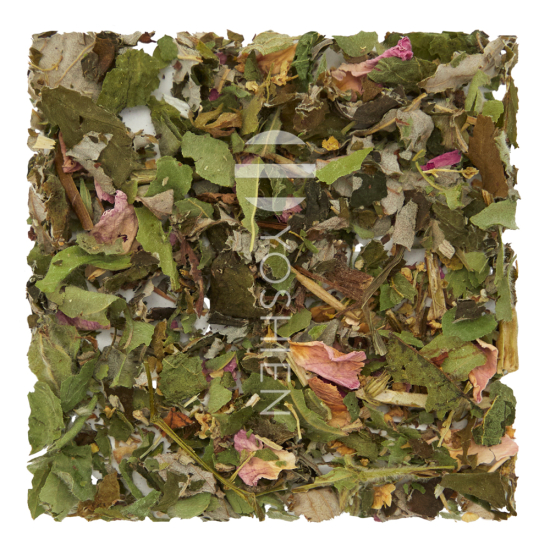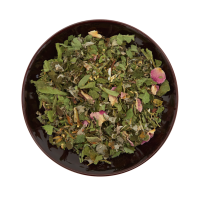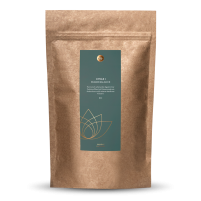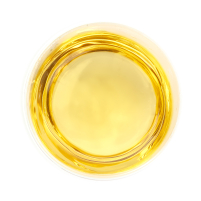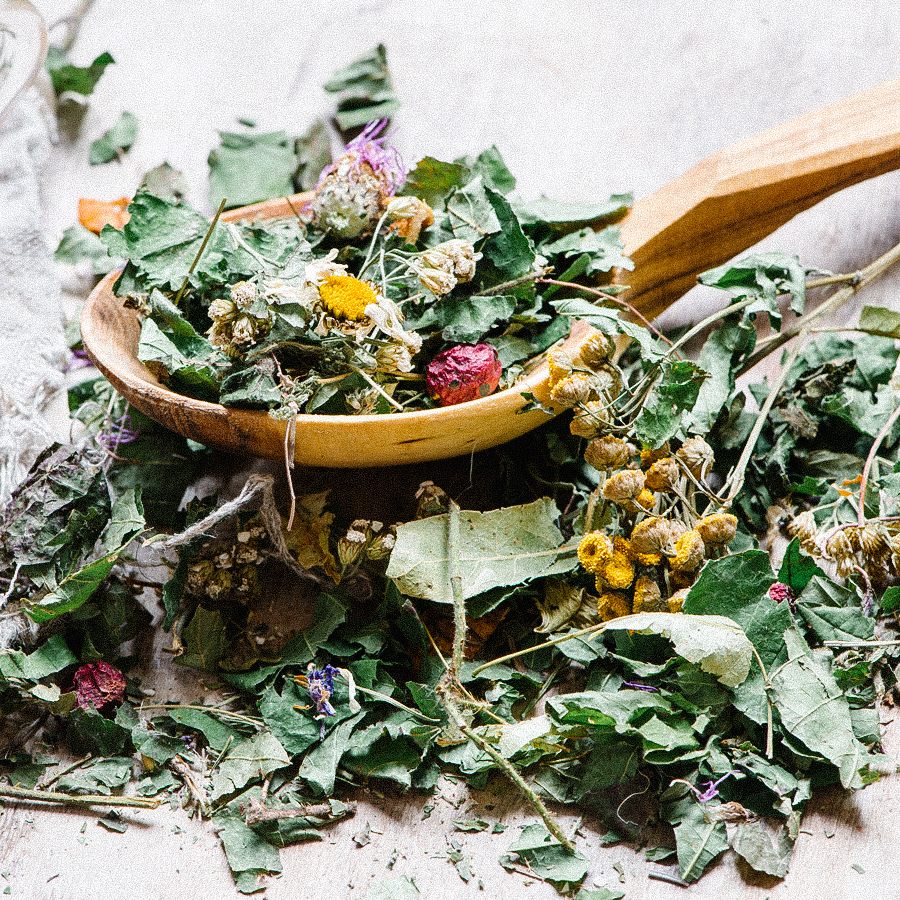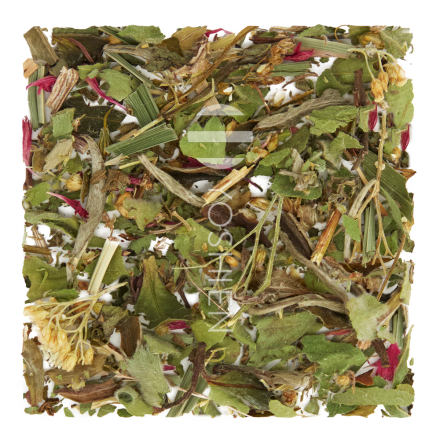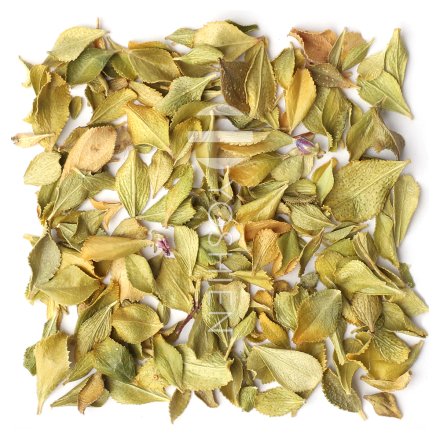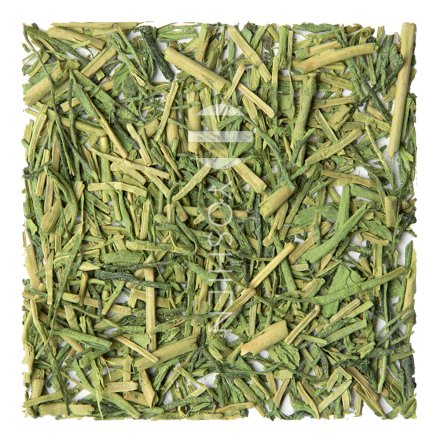RASPBERRY LEAF
The raspberry plant (Rubus idaeus L.) was already used by the Greeks and Romans over 2,000 years ago. It belongs to the rose family and thrives primarily in forest clearings or open areas up to 2,000 metres above the treeline, within the boreal zones of the Northern Hemisphere. While the raspberry is best known for its delicious fruit, its leaves are also valued in traditional herbal medicine, most often prepared as a tea. Archaeological findings show that both the berries and leaves were used as far back as the Stone Age. Herbalist priests and monks of the Middle Ages also cultivated raspberries in their monastic gardens.
LADY'S MANTEL
Lady’s mantle (Alchemilla) belongs to the rose family (Rosaceae). Its species are found across Europe, Asia, and Africa, thriving particularly well in higher altitudes, with around 300 species present in Europe alone. Its name, Alchemilla, speaks for itself and hints at its magical qualities: Since ancient times, the droplets of water that appear on the inner surface of its leaves have been regarded as a healing remedy.
ELDERFLOWER
Elder (Sambucus nigra) displays its fragrant blossoms between May and July in the Northern Hemisphere. It tends to grow close to human settlements, often nestling against house walls and garden fences. From late summer into autumn, its blossoms mature into berries.
PEPPERMINT
Peppermint (Mentha piperita) has been used for centuries in many cultures, either burned in rituals or consumed as tea. In ancient times, students would wear braided mint wreaths during important exams to promote clear thinking. Traditionally, peppermint is drunk as a tea or inhaled in the form of steam baths.
NETTLE
The nettle (Urtica dioica, Urtica urens) deserves a place of honour among herbs. With around 70 species found across the globe (everywhere except Antarctica) it is hardy, undemanding, and highly effective. It often thrives close to human habitation, and many butterfly species depend on it for survival. Known since ancient times, it was once believed to ward off evil spells.
ROSE PETALS
The rose (Rosa centifolia) is a true Persian native, with Iran still home to the greatest variety of rose species today. Rich in symbolism, the rose has long represented love, cherished by both the Greeks and the Chinese not only for its beauty, but also for its versatility – used in everything from medicine and perfumes to food and drink.
FENUGREEK
Originally from India, fenugreek (Trigonella foenum-graecum) was brought to Europe by Benedictine monks and cultivated in monastic gardens. A member of the legume family, it has been highly valued since ancient times as medicine and as an important culinary spice.



